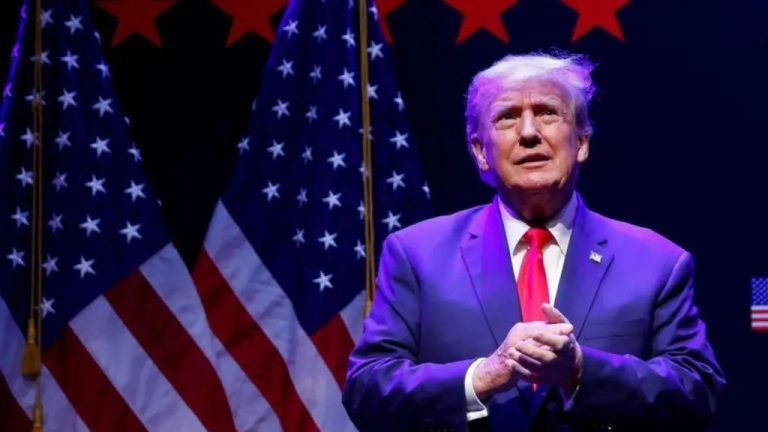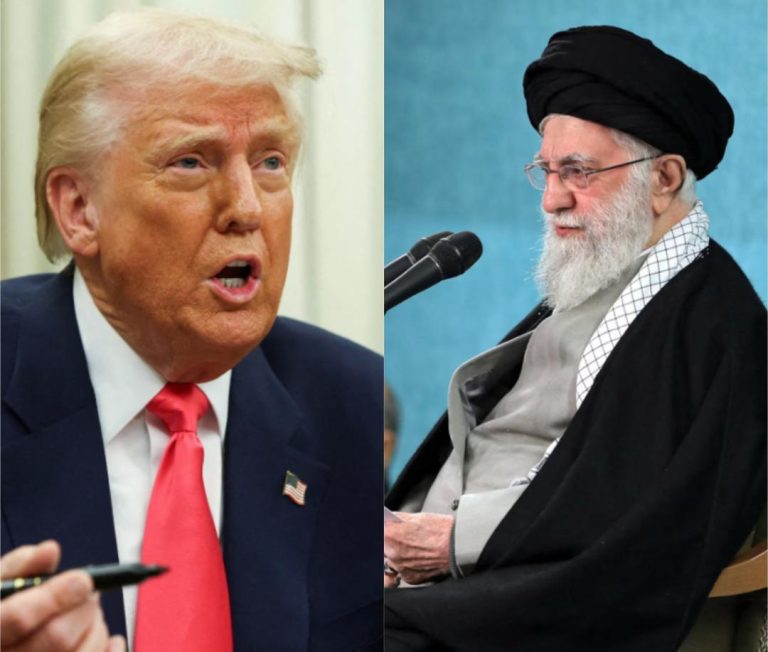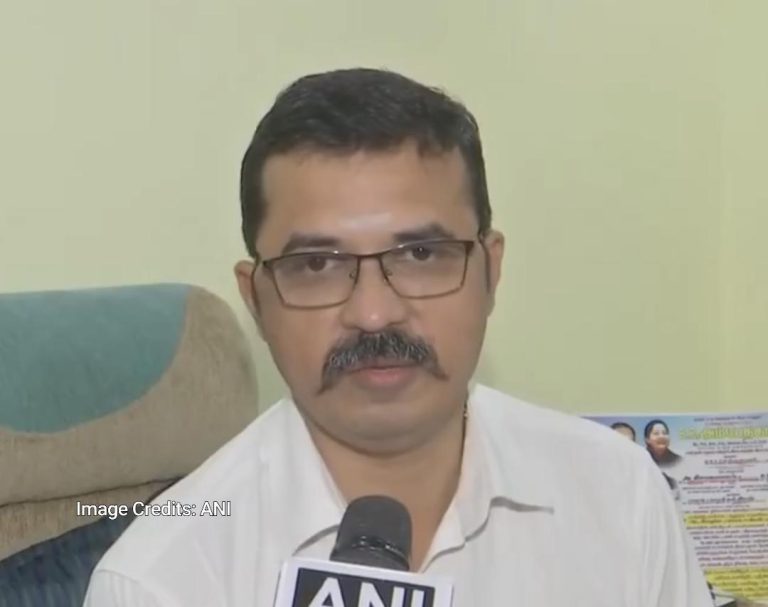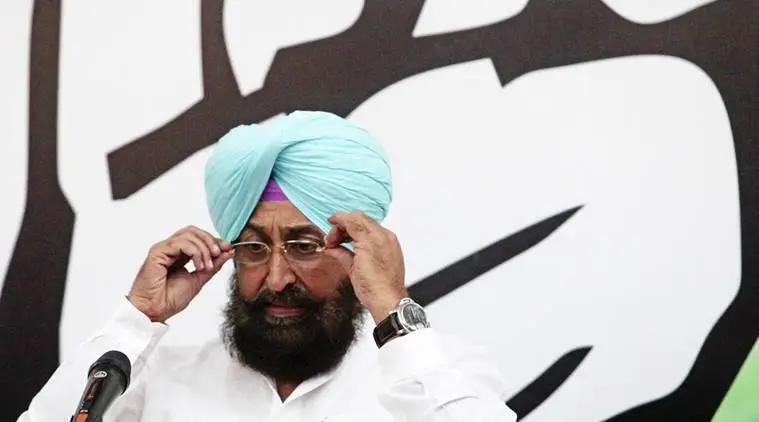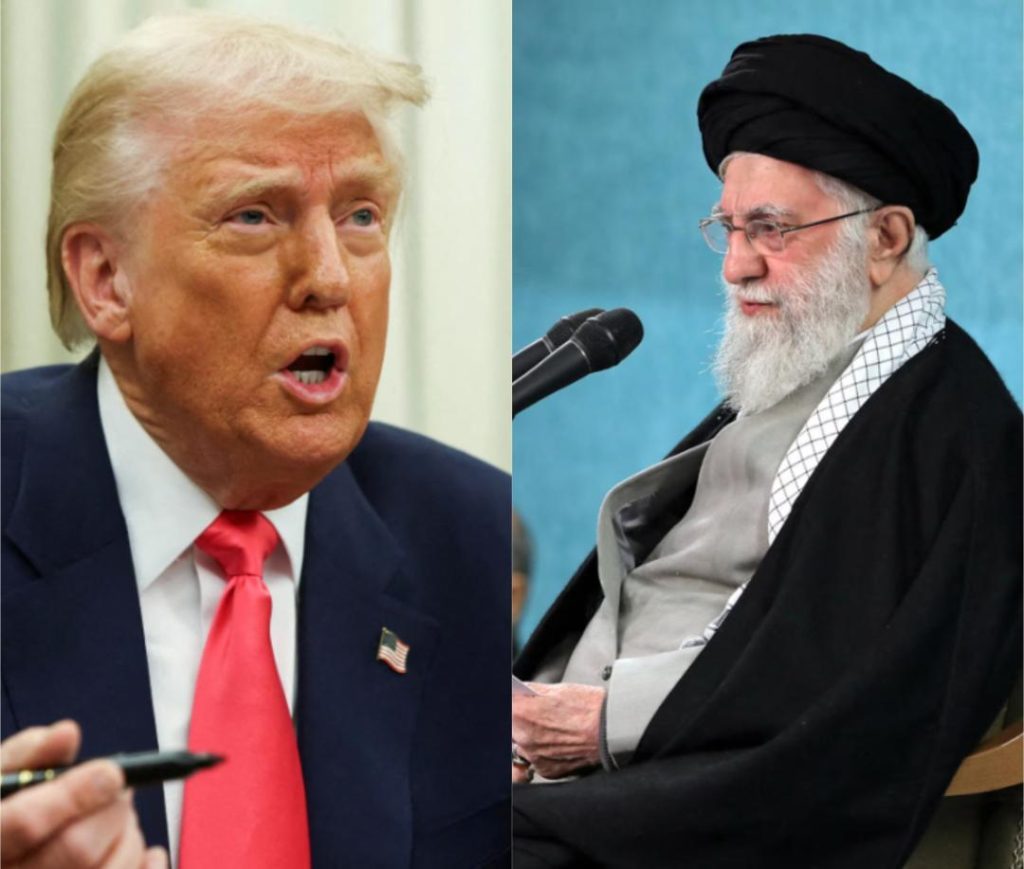
US & Iran begin nuclear talks days after Donald Trump threatened bombing
In a move that has sent shockwaves across the globe, Iran and the United States have begun indirect talks in Oman, just days after US President Donald Trump threatened to bomb Iran if it didn’t come to an agreement on its nuclear programme. The development comes as tensions between the two nations remain high, with the threat of conflict hanging in the balance.
According to reports, Iranian Foreign Minister Abbas Araghchi and US President Trump’s Middle East envoy Steve Witkoff represented both sides in the talks, which are being facilitated by an Omani minister. The two teams have been given separate rooms and will exchange messages through the Omani official, in a bid to avoid direct communication.
The talks mark a significant step forward in the long-standing conflict between Iran and the US, which has been escalating in recent months. The situation has been further complicated by the threat of military action from Trump, who has repeatedly signaled his willingness to take action against Iran if it doesn’t comply with US demands.
The nuclear programme at the center of the dispute has been a major point of contention between the two nations. Iran has consistently maintained that its nuclear programme is for peaceful purposes, while the US and other Western nations have accused it of pursuing a secret nuclear weapons programme.
In recent years, the situation has become increasingly volatile, with the US imposing tough sanctions on Iran and the country’s economy struggling to cope. The situation has also been complicated by the presence of US troops in the region, which has led to concerns about the potential for conflict.
The start of talks in Oman marks a significant shift in the situation, and is seen as a major breakthrough by many analysts. “This is a significant step forward, and could potentially lead to a resolution of the conflict,” said Dr. Emma R. R. Othman, a Middle East expert at the University of Oxford. “However, it’s important to remember that the path to a resolution will be long and difficult, and there are many challenges ahead.”
The talks are being seen as a major test of the willingness of both sides to engage in diplomacy, and to find a peaceful solution to the conflict. The US and Iran have been at odds for decades, and the situation has often been characterized by a high level of tension and hostility.
However, in recent months, there have been signs of a willingness to engage in dialogue. In January, the US and Iran exchanged letters, in which they expressed a desire to find a peaceful solution to the conflict. The letters were seen as a significant development, and were widely reported in the media.
The current talks in Oman are being facilitated by the Omanis, who have a long history of involvement in Middle East diplomacy. The country has played a key role in facilitating talks between the US and Iran in the past, and has been seen as a neutral broker in the conflict.
The talks are also being closely watched by other countries in the region, who are keen to see a resolution to the conflict. The situation has the potential to destabilize the entire region, and has already had significant economic and political implications.
In the coming weeks and months, the talks will be closely watched by analysts and diplomats around the world. The outcome is far from certain, but there is hope that a resolution can be found. As Dr. Othman said, “This is a significant step forward, and could potentially lead to a resolution of the conflict. However, it’s important to remember that the path to a resolution will be long and difficult, and there are many challenges ahead.”

